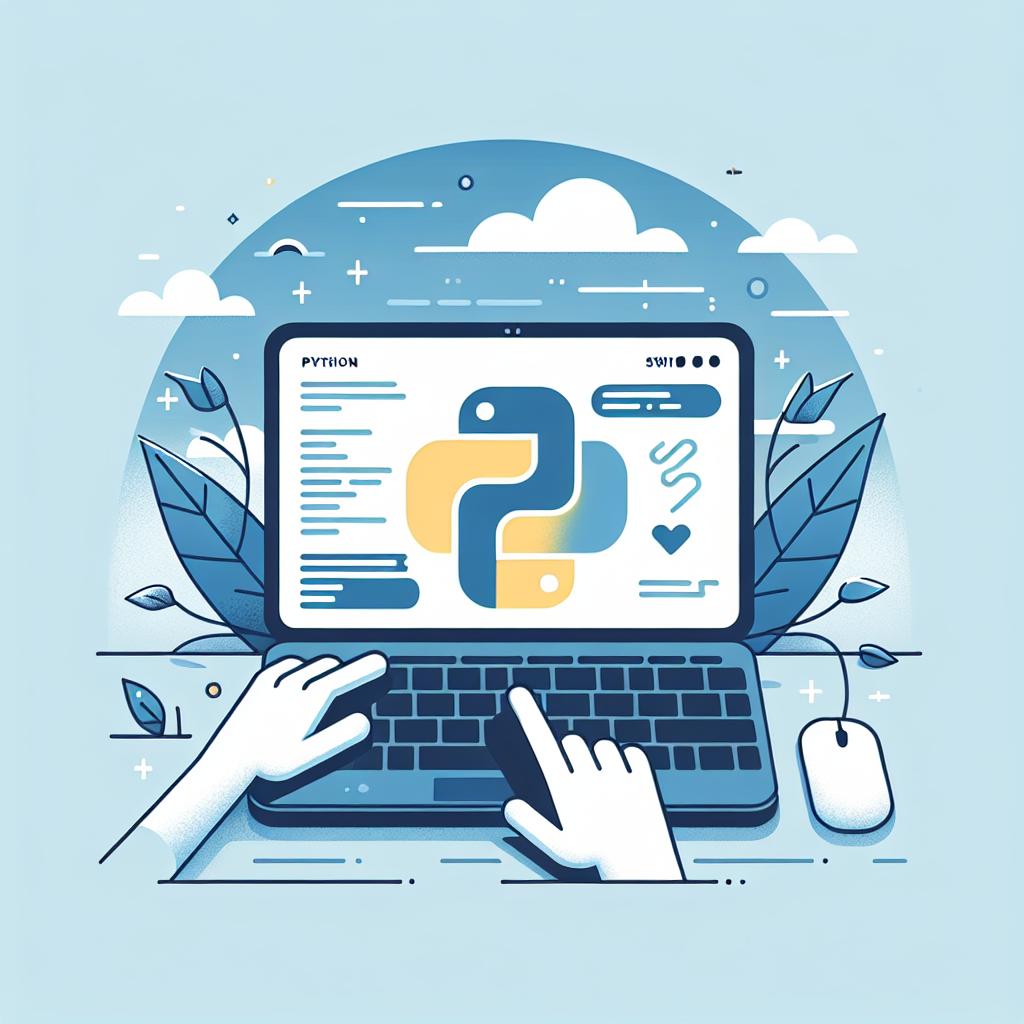Convert Python to Swift: Fast & Easy Code Translation
Easily convert Python code to Swift with our seamless tool. Enhance your cross-platform development skills. Fast, efficient, and user-friendly solution!
Source Code
Converted Code
Output will appear here...
Transform your Python code seamlessly into Swift with our efficient Python to Swift converter tool. Perfect for developers transitioning between platforms, it ensures code integrity and saves time. Enhance your app development process by bridging Pythons versatility with Swifts performance, ideal for iOS app development and cross-platform projects.

Python to Swift Conversion Tool Link to this section #
Efficiently convert Python code to Swift with our innovative tool, designed for developers seeking seamless language transition. This utility streamlines the conversion process, making it easier to maintain code consistency across projects.
Key Features: Link to this section #
- Automatic Syntax Conversion: Transforms Python syntax into Swift, minimizing manual adjustments.
- Code Optimization: Ensures efficient performance by refining converted code for Swift's architecture.
- Error Detection: Identifies potential issues during conversion, offering suggestions to enhance code quality.
- Comprehensive Documentation: Provides detailed guidance to facilitate the conversion process.
Why Use Python to Swift Conversion? Link to this section #
- Cross-Platform Development: Simplifies building applications for both iOS and macOS.
- Performance Enhancement: Leverages Swift’s speed and efficiency over Python for mobile applications.
- Code Reusability: Allows developers to repurpose existing Python logic in Swift projects.
Code Conversion Example: Link to this section #
Here’s a simple conversion example to illustrate how the tool works:
Python Code:
def greet(name):
return f"Hello, {name}!"
print(greet("World"))
Swift Equivalent:
func greet(name: String) -> String {
return "Hello, \(name)!"
}
print(greet(name: "World"))
Related Technologies: Link to this section #
- Interoperability: Enhances integration with frameworks like SwiftUI and Objective-C.
- Algorithm Translation: Supports complex data structures and algorithms.
- App Development: Facilitates the transition for app developers familiar with Python.
Additional Resources: Link to this section #
Maximize your development efficiency by utilizing our Python to Swift conversion tool, allowing for a smoother transition and robust application development.
Frequently Asked Questions
How can I convert a Python script to Swift?
Converting a Python script to Swift involves rewriting the code manually, as there are no direct tools for automated conversion. You need to understand the logic of your Python script and then implement the same functionality using Swift syntax and libraries.
What are the main differences between Python and Swift?
Python is an interpreted, high-level, dynamically typed language known for its simplicity and readability, often used for web development, data science, and automation. Swift is a compiled, statically typed language developed by Apple for iOS and macOS applications, known for its performance and safety features. Both languages have different standard libraries and ecosystems, which influences how certain tasks are performed.
Are there any resources to help learn Swift for Python developers?
Yes, there are several resources available for Python developers to learn Swift, including Apple's official Swift documentation, online courses on platforms like Coursera and Udemy, and community-driven tutorials on sites like Ray Wenderlich and Hacking with Swift. These resources often focus on the differences in syntax and core concepts between the two languages.